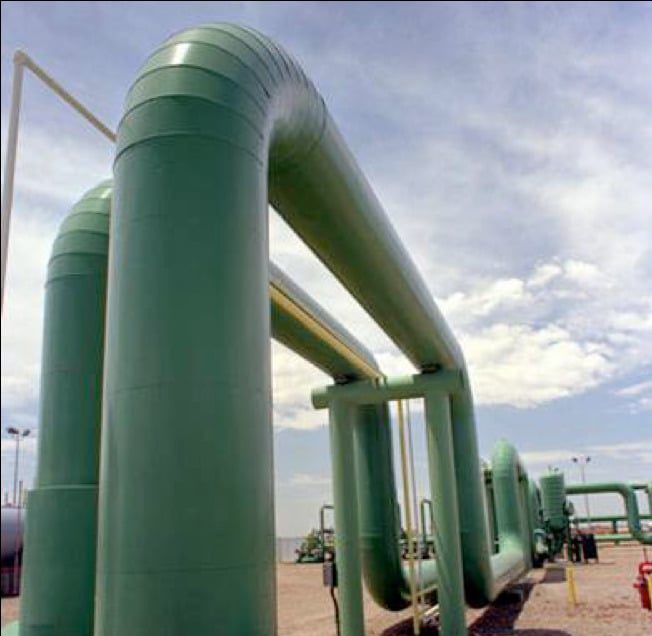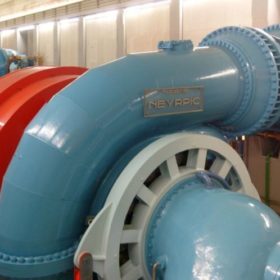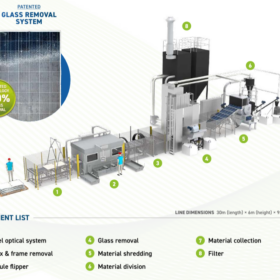Every energy transition has been marked by the creation of new infrastructure. The 20th century was defined by oil refineries, power grids, and gas networks; the 21st will be shaped by the pipelines that carry hydrogen molecules, driving the next phase of industrial evolution. As hydrogen production scales through renewable and low-carbon pathways, the question is no longer whether it will play a role in decarbonisation, but how efficiently and safely it can be moved from source to demand.
Pipelines promise the most efficient, cost-effective means of large-volume transport, yet their development calls for new engineering standards, safety frameworks, and cross-sector coordination. This is not just an infrastructure project; it is an exercise in long-term energy planning, requiring alignment between technology, regulation, and investment.
The networks designed today will determine how seamlessly hydrogen integrates into future energy systems. Building them is not merely a technical pursuit but a strategic act that will define the pace and resilience of the global transition to cleaner energy.
Rising Demand and Infrastructure Needs
At present, hydrogen is mainly used in refineries, fertiliser plants, and chemical industries. In the coming years, green hydrogen will also be used in steel, cement, mobility, and port operations. This wider adoption will demand new infrastructure that can handle large-scale transport.
India has already started planning a “green hydrogen backbone” — a dedicated network that could connect renewable-energy hubs like Rajasthan with major industrial and port regions. A study by the Central Electricity Authority has indicated that pipelines could be more cost-effective for long-distance hydrogen movement compared to power transmission lines. This highlights why pipeline planning must move in parallel with hydrogen production.
Material & Integrity Challenges
The biggest challenge in hydrogen transport lies in the materials themselves. Hydrogen behaves very differently from natural gas. When it comes into contact with steel, it can seep into the metal structure and cause hydrogen embrittlement — a process that reduces the metal’s strength and makes it prone to cracks, especially around welded joints or areas with microscopic defects.
Because of this, the question isn’t just about laying new pipelines but choosing the right kind of pipelines. Engineers must decide whether existing natural gas pipelines can be safely converted or if entirely new hydrogen-dedicated lines are needed. Reusing old networks may seem cost-effective, but these pipelines need careful inspection for weld integrity, material hardness, and coating compatibility. In many cases, building new pipelines specifically designed for hydrogen service offers better long-term safety and reliability.
Fortunately, India’s manufacturing base provides a strong foundation. Domestic producers already make large-diameter LSAW and HSAW pipes for oil, gas, and water applications. By qualifying these materials and coatings for hydrogen use through testing, certification, and design innovation, the Indian industry can evolve into a reliable supplier of hydrogen-ready infrastructure both locally and globally.
Operational Complexities and System Design
Operational parameters add another layer of complexity. Hydrogen’s small molecular size increases its tendency to leak, while its wide flammability range narrows the safe operating envelope. The gas’s lower energy density per unit volume also means that compressors, valves, and sensors need to be recalibrated to accommodate different flow characteristics.
Unlike methane, hydrogen demands higher compression ratios and specific sealing technologies. Pipeline design pressures, flow rates, and station spacing must therefore account for hydrogen’s unique flow behaviour and safety envelope. Furthermore, modelling of midstream hydrogen infrastructure underscores the importance of early planning for pipelines and storage to ensure reliability and cost-efficiency
Safety, Regulation, and Leak Management
Hydrogen’s flammability range, roughly 4 to 75 per cent in air, demands a heightened focus on leak prevention, detection, and isolation. Modern hydrogen pipeline systems integrate continuous monitoring, venting, and automated shut-off schemes to mitigate risks.
India’s regulatory framework is evolving in parallel. The Petroleum and Natural Gas Regulatory Board (PNGRB) is currently developing authorisation norms for dedicated hydrogen networks and evaluating safe blending ratios for integration with existing city gas and transmission grids. Establishing unified technical and safety standards will be crucial to accelerating deployment at scale.
Scale, Economics, and Industrial Readiness
Globally, projects such as the European Hydrogen Backbone envision more than 40,000 kilometres of hydrogen pipelines by 2040. India’s hydrogen transport segment is also projected for exponential growth, with estimates suggesting a compound annual growth rate of around 75 per cent between 2025 and 2035.
This surge presents a major opportunity for domestic manufacturers, EPC players, and system integrators. However, the economics will depend heavily on localisation from steel production to coating materials, compressor technologies, and leak detection systems. Building a resilient supply chain will be key to ensuring both affordability and technological independence.
The Path Ahead
The path to a reliable hydrogen pipeline network is inherently multidisciplinary. Success depends on the interplay between materials science, system design, safety engineering, and governance. Engineers must balance technical innovation with practical feasibility, while investors and policymakers align on risk-sharing and infrastructure financing frameworks.
As nations move towards low-carbon economies, hydrogen pipelines could become the backbone of industrial decarbonisation, linking production hubs to demand centres with efficiency, safety, and reliability. Building this backbone is not just an engineering task; it is a strategic investment in a cleaner energy future.
The views and opinions expressed in this article are the author’s own, and do not necessarily reflect those held by pv magazine.
This content is protected by copyright and may not be reused. If you want to cooperate with us and would like to reuse some of our content, please contact: editors@pv-magazine.com.








By submitting this form you agree to pv magazine using your data for the purposes of publishing your comment.
Your personal data will only be disclosed or otherwise transmitted to third parties for the purposes of spam filtering or if this is necessary for technical maintenance of the website. Any other transfer to third parties will not take place unless this is justified on the basis of applicable data protection regulations or if pv magazine is legally obliged to do so.
You may revoke this consent at any time with effect for the future, in which case your personal data will be deleted immediately. Otherwise, your data will be deleted if pv magazine has processed your request or the purpose of data storage is fulfilled.
Further information on data privacy can be found in our Data Protection Policy.